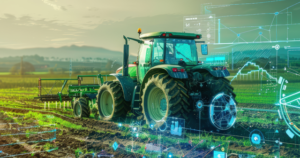The Top 3 Agricultural Commodities And How To Trade Them
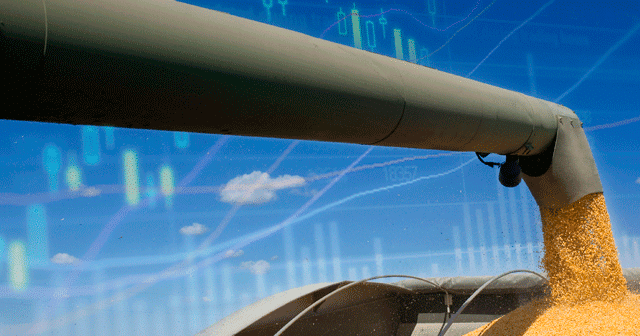
Food is a massive part of our life – and for a good reason! With the earth’s population nearing 8 billion and increasing, growing and producing food is an ever-essential market. There’s no need to be a farmer, though, to be involved with the agricultural trading system.
Many investors use agricultural commodity trading systems as an effective way to diversify their financial portfolio and tap into an expanding market. By relying on accurate data and analysis tools from DTN, it is possible to successfully invest in various agricultural commodities.
What are the best agricultural commodities to trade, and how can you get started? Let’s take a closer look at agricultural trading.
What Is Agricultural Commodity Trading?
A commodity is a necessary good or raw material. Included are metals such as gold or energy commodities such as oil and gas. Agricultural commodities are what you would expect from the name – goods or raw materials that are grown or produced in farms. Common agricultural commodities include dairy products, wheat, and coffee.
You can invest in and “trade” these products virtually, without running a farm and purchasing and storing the items yourself. It may be accomplished through different trading systems, most often through futures contracts, ETPs, and CFDs.
Agricultural products are something we use every day. As food is a basic human need, agricultural products’ demand will only grow as the world’s population increases. That is why many see agricultural trading as a sustainable, profitable industry for investment.
If you’re looking at getting started with agricultural trading, where should you get started? We will look at the top three agricultural commodities you can trade and the factors influencing their market prices.
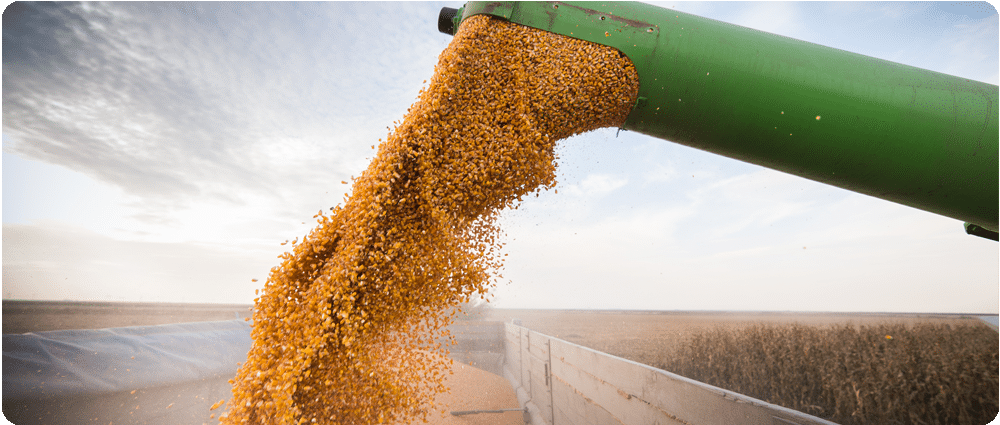
Corn
Corn is an essential grain, with over 1 billion metric tons produced each year. While you might be most familiar with corn roasted with butter as a tasty side dish, corn plays a vital role in ethanol production and livestock feed.
The contracts for corn trading are in sizes of 5000 bushels. Traders use diverse ETFs (a group of investments that include corn and other raw materials) or future contracts, which result in a profitable trading system.
Factors That Influence Market Prices of Corn
When predicting the market prices for corn, there are various factors you will want to analyze. The cost of gas or oil can affect corn prices – if they are high, the demand for ethanol can increase, leading to an increase in demand for corn.
Corn is also a seasonal crop, with more price variation occurring during the summer. Of course, if severe weather damages crops, it may affect supply and the corresponding market price.
In the U.S., the top corn-producing states are Iowa, Nebraska, and Illinois. Knowing the weather and crop reports for corn-producing states is helpful to understand market trends.
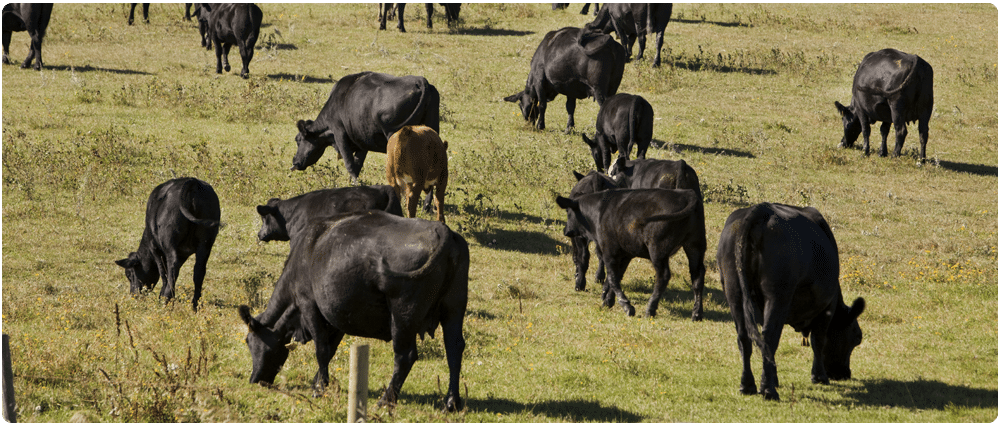
Livestock/Cattle
Naturally, the target use for livestock is meat consumption. In developed countries, there is a decrease in meat consumption each year due to the increasing popularity of vegetarian and vegan diets.
In contrast, most countries with expanding economies see an increase in the demand for meat. In addition to meat products, the livestock market provides products like gelatin and leather.
Effective trading systems include ETFs, a group of investments with various livestock, including cattle or futures contracts. The contract unit is 50,000 pounds, or approximately 23 metric tons, for cattle.
There are two categories: feeder cattle and live cattle. The feeder cattle are the cows that are weaned and ready to be fed a high-energy diet, so they become live cattle that are big enough to be slaughtered.
Factors That Influence Market Price of Livestock
If you’re getting involved in livestock trading, there are a few things you should watch. One is symptoms or news of any illnesses affecting livestock, like mad cow disease, that could affect supply and demand levels.
The livestock market prices are also closely connected to the cost of feed, such as corn, wheat, and soybeans. Ensure you follow and understand the difference in the market price for feeder vs. live cattle, as they don’t always react to market changes the same way.
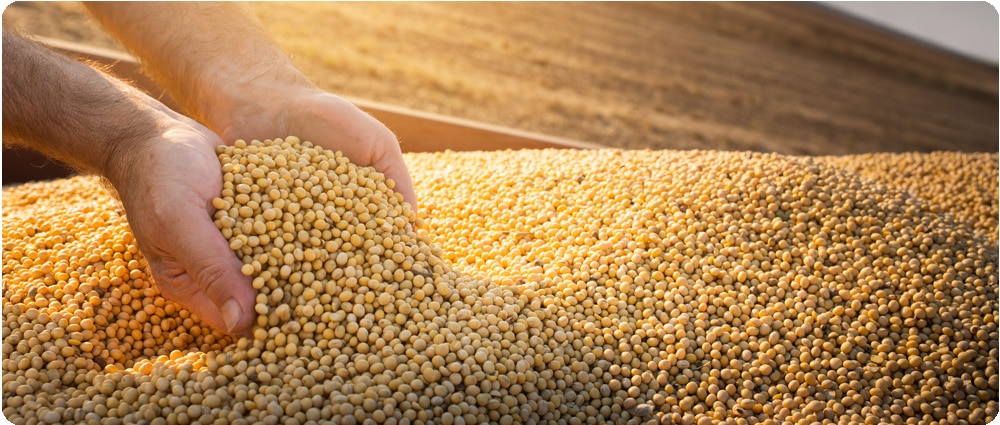
Soybeans
Soybeans are another example of a significant agricultural commodity. You likely use many soybean products in the kitchen, including cooking oils and margarine. You might be surprised to find that soybeans are also used in some building materials and lumber products.
Soybean contracts are for 5000 bushels or approximately 136 metric tons. As with most other agricultural commodities, they are commonly traded through futures contracts, ETFs, or CFDs.
Factors That Influence Market Price For Soybeans
Historically, soybean prices model the price of other grains, such as corn and wheat. Keeping an eye on fluctuations in those markets can help you better predict changes in soybean prices.
Because of its broad uses within the food industry, the market price can also be affected by any news about health effects related to soy consumption, leading to a decrease in demand.
What You Need To Know About Agricultural Trading Systems
Naturally, if you want to make a profit by trading agricultural commodities, you will need to analyze the market and predict future trends accurately. Depending on the industry, you can find several reports to help you better understand the market.
The U.S. Department of Agriculture (USDA) publishes comprehensive reports on agricultural production, supply, and trade that provide traders invaluable information.
For many traders, the sheer amount of information available to them can be overwhelming, and they turn to a reliable trading system, such as the DTN ProphetX suite of services. Designed for your success, you can be confident that you will remain ahead of your competitors.
Not sure if DTN ProphetX is right for you? Contact DTN today for a no-commitment free demo of ProphetX – you won’t be disappointed!











 Comprehensive weather insights help safeguard your operations and drive confident decisions to make everyday mining operations as safe and efficient as possible.
Comprehensive weather insights help safeguard your operations and drive confident decisions to make everyday mining operations as safe and efficient as possible. Learn how to optimize operations with credible weather and environmental intelligence. From aviation safety to environmental compliance, our comprehensive suite of solutions delivers real-time insights, advanced forecasting, and precise monitoring capabilities.
Learn how to optimize operations with credible weather and environmental intelligence. From aviation safety to environmental compliance, our comprehensive suite of solutions delivers real-time insights, advanced forecasting, and precise monitoring capabilities. 
